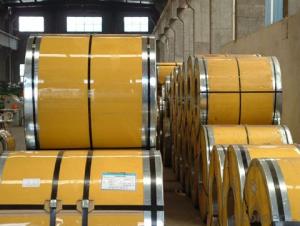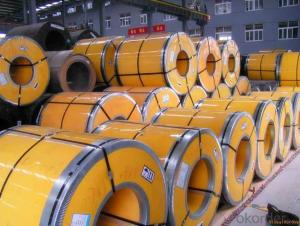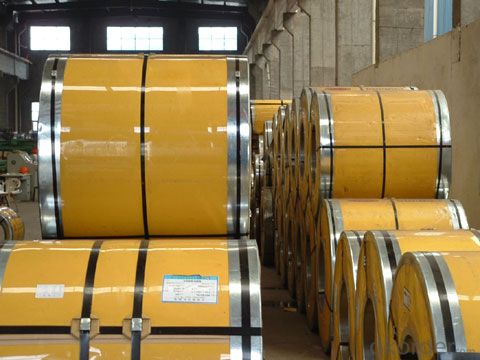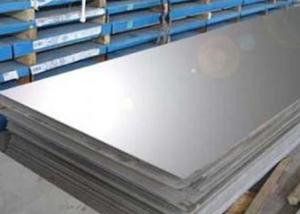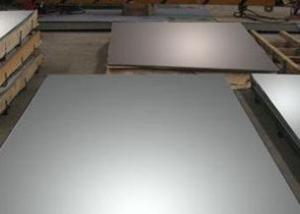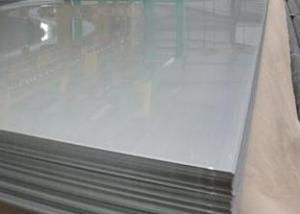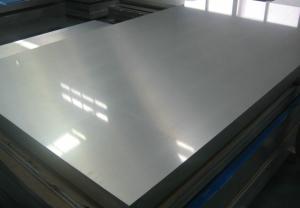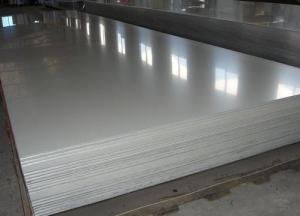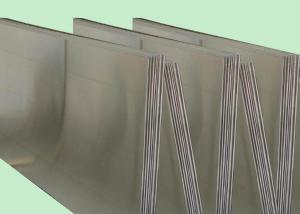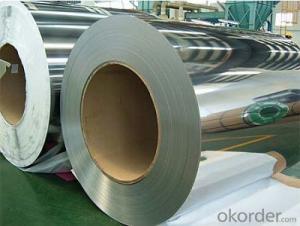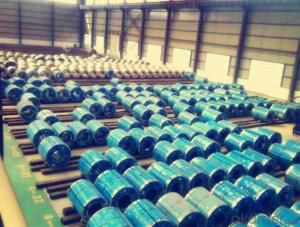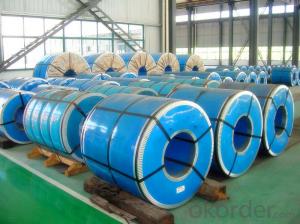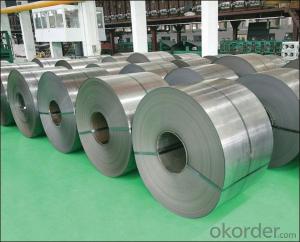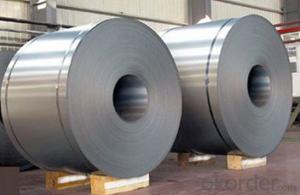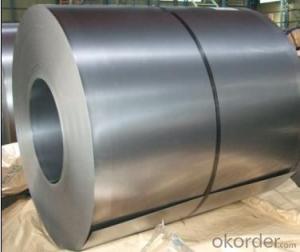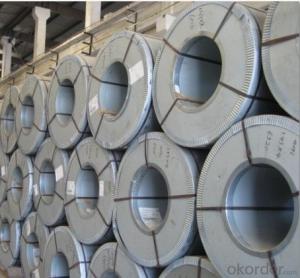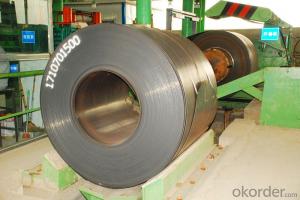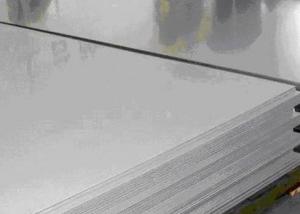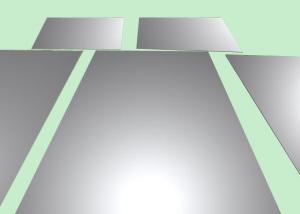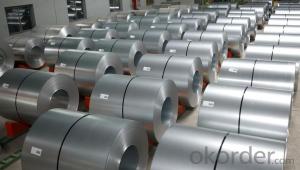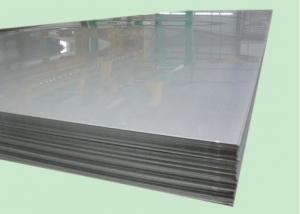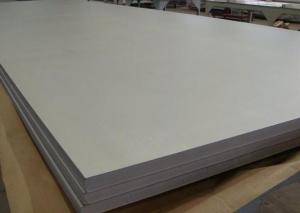Stainless Steel Coil 201 Hot Rolled Narrow Coil J1
- Loading Port:
- Lianyungang
- Payment Terms:
- TT OR LC
- Min Order Qty:
- 400 m.t.
- Supply Capability:
- 8000 m.t./month
OKorder Service Pledge
OKorder Financial Service
You Might Also Like
Hot Rolled Stainless Steel Coil 201 Narrow/Wide Strip No.1 Finish
Packaging Detail: For customer's requirement
Delivery Detail: 10-30days
201 Hot Rolled Stainless Steel Coil Specifications
THK:2.3/2.5/3.0/4.0mm
Width:485/510/550/610/1010/1240mm
Face:No.1
201 Hot rolled stainless steel Coil Application
Stainless steel is a production which not easy rust,acid resistance and corrosion resistance,so it is widely
used in light industry,heavy industry,daily necessities and the decoration industry.
201 Hot Stainless Steel Coil Chemical Composition(WT%)
(C):≤0.15, (Si):≤0.75, (Mn):5.5~7.50, (Cr):16.0~18.0, (N):≤0.25, (Ni):3.50~5.50, (P):≤0.060, (S):≤0.030
201 Hot Rolled Stainless Steel Coil
Strength Of Extension:100,000 To 180,000 Psi;
Yield Strength:50,000 To 150,000 Psi
Elongation :55 To 60%;
Modulus Of Elasticity:29,000,000 Psi;
Density :.280lbs/Cubic Inch(7.93g/Cm3)
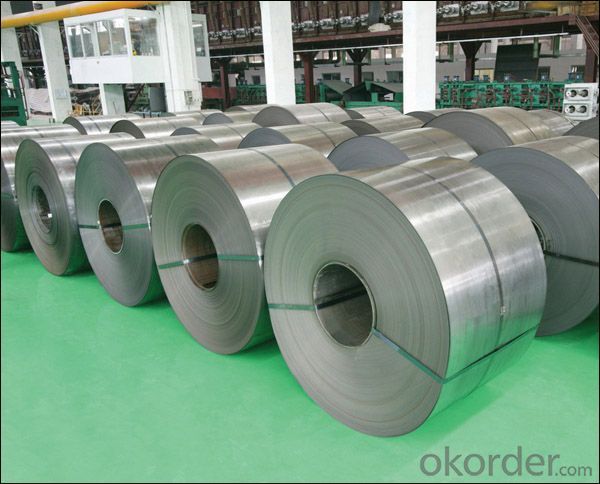
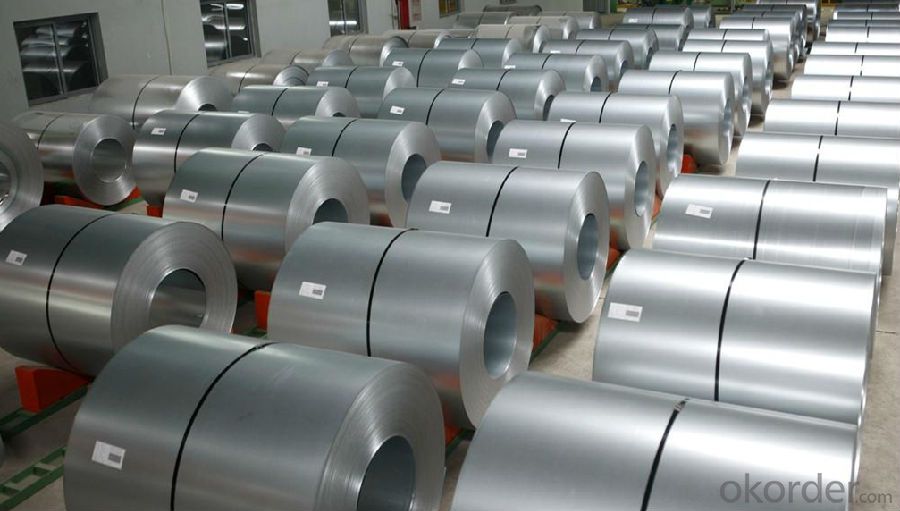
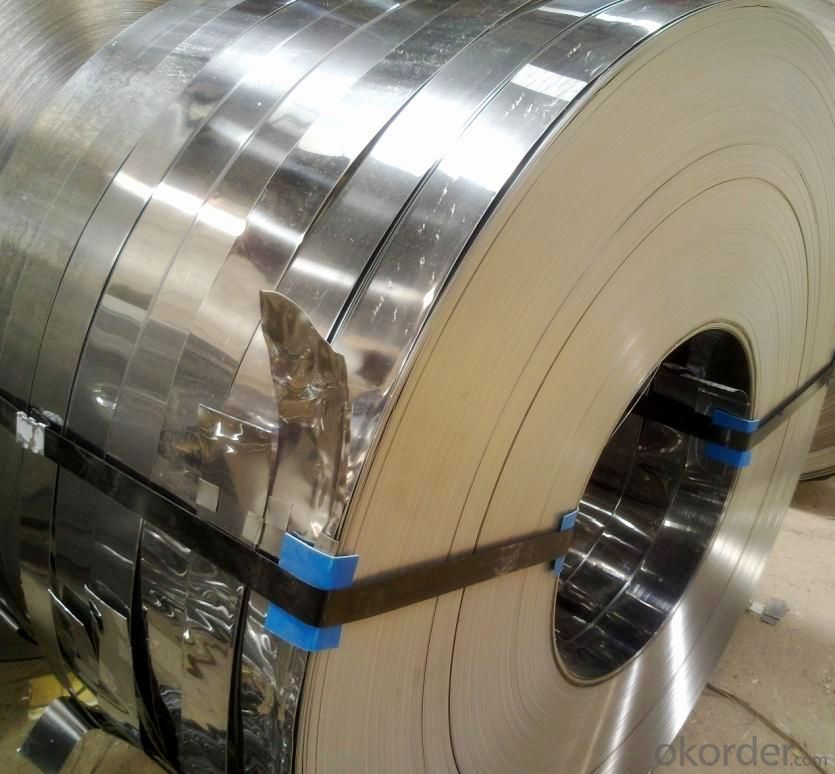

- Q: Are 111 stainless steel strips suitable for pressure vessels?
- No, 111 stainless steel strips are not suitable for pressure vessels. Pressure vessels require materials that have high strength, corrosion resistance, and the ability to withstand high pressure and temperature conditions. While 111 stainless steel may have good corrosion resistance, it lacks the necessary strength and toughness properties required for pressure vessel applications. It is important to use materials that are specifically designed and certified for these applications, such as 316 stainless steel or other specialized alloys.
- Q: What is the fracture toughness of stainless steel strips?
- The fracture toughness of stainless steel strips varies depending on the specific grade and composition of the stainless steel. Stainless steel is known for its high strength and toughness, making it resistant to fractures. However, the fracture toughness value can be influenced by factors such as the heat treatment, processing conditions, and any alloying elements present in the stainless steel. To determine the fracture toughness of a specific stainless steel strip, it is necessary to perform laboratory tests such as the Charpy or Izod impact tests or the J-integral test. These tests involve subjecting the material to controlled loading conditions and measuring the energy absorbed by the material before it fractures. The fracture toughness of stainless steel strips is typically characterized by the KIc value, which represents the critical stress intensity factor required for crack propagation. This value indicates the resistance of the material to fracture under a specific loading condition. Higher KIc values indicate greater fracture toughness. In general, stainless steel strips exhibit good fracture toughness due to their high strength and ductility. However, it is important to consider the specific grade and processing conditions of the stainless steel strip in order to accurately determine its fracture toughness.
- Q: What are the common tests performed on stainless steel strips?
- There are several common tests performed on stainless steel strips to ensure their quality and suitability for various applications. Some of these tests include: 1. Chemical Composition Analysis: This test determines the elemental composition of the stainless steel strip, including the percentage of various alloying elements such as chromium, nickel, and molybdenum. It helps verify if the material meets the required specifications and standards. 2. Mechanical Properties Testing: This involves evaluating the mechanical characteristics of the stainless steel strip, including its tensile strength, yield strength, elongation, and hardness. These properties are crucial in determining the material's strength and durability. 3. Corrosion Resistance Testing: Stainless steel is known for its excellent corrosion resistance. Tests such as salt spray testing, pitting corrosion testing, and intergranular corrosion testing assess the strip's resistance against various corrosive environments. These tests ensure that the stainless steel strip will perform well in its intended application. 4. Surface Finish Analysis: This test examines the surface quality of the stainless steel strip, including the presence of any defects, scratches, or blemishes. It ensures that the surface finish meets the required standards and provides the desired aesthetic appearance. 5. Dimensional Inspection: This test verifies the dimensional accuracy and tolerances of the stainless steel strip. It ensures that the strip's width, thickness, and length meet the specified requirements. 6. Microstructure Examination: This test involves analyzing the microstructure of the stainless steel strip using techniques like metallography and microscopy. It helps identify any potential defects or abnormalities that may affect the material's performance. These tests are essential in ensuring the quality, reliability, and performance of stainless steel strips in various industries, including automotive, construction, and manufacturing. By conducting these tests, manufacturers can deliver stainless steel strips that meet the highest standards and customer expectations.
- Q: What are the different surface textures available for stainless steel strips?
- There are several different surface textures available for stainless steel strips, depending on the desired aesthetic and functional requirements. 1. No.1 Finish: This is a hot-rolled, annealed, and pickled surface finish that is characterized by a rough, dull appearance. It is commonly used for industrial applications where appearance is not a primary concern. 2. No.2B Finish: This is a cold-rolled, annealed, and pickled surface finish that is smoother and more reflective than the No.1 finish. It is commonly used for applications where a moderate level of corrosion resistance and a visually appealing finish are desired. 3. No.2D Finish: This is a cold-rolled, annealed, and pickled surface finish that is smoother and less reflective than the No.2B finish. It is commonly used for applications that require a smooth surface finish but do not require high reflectivity. 4. No.3 Finish: This is a semi-polished surface finish achieved by using a 120-150 grit abrasive. It provides a smoother and more reflective appearance than the No.2D finish but is not as highly polished as the No.4 finish. 5. No.4 Finish: This is a brushed or satin surface finish achieved by using a 150-180 grit abrasive. It provides a consistent and uniform brushed appearance and is commonly used for decorative applications where a visually appealing finish is desired. 6. No.6 Finish: This is a fine satin surface finish achieved by using a 220-240 grit abrasive. It provides a smooth and reflective appearance and is commonly used for architectural and decorative applications. 7. No.8 Finish: This is a highly polished surface finish achieved by using a 320-400 grit abrasive. It provides a mirror-like appearance and is commonly used for decorative applications where a high level of reflectivity is desired. These are some of the most common surface textures available for stainless steel strips, and each one offers unique characteristics and benefits depending on the specific application requirements.
- Q: Can stainless steel strips be used in high-temperature environments?
- Yes, stainless steel strips can be used in high-temperature environments. Stainless steel is known for its excellent heat resistance properties, making it suitable for applications that involve exposure to high temperatures. The specific grade of stainless steel used and the temperature range will determine the level of heat resistance. However, most stainless steel grades can withstand temperatures up to 1000°C (1832°F) without losing their mechanical properties. Stainless steel's ability to resist oxidation and corrosion also contributes to its suitability for high-temperature environments.
- Q: Are stainless steel strips suitable for decorative etching?
- Indeed, stainless steel strips prove to be fitting for decorative etching purposes. The versatility of stainless steel allows for the etching and engraving of elaborate and intricate designs and patterns. Its polished and smooth surface lends itself perfectly to the creation of detailed and visually captivating decorative etchings. Moreover, stainless steel exhibits exceptional durability and resistance to corrosion, ensuring the longevity of the etched designs. This quality has made stainless steel strips a favored option for a multitude of decorative applications, including signage, jewelry, art pieces, and architectural elements.
- Q: What are the maximum temperatures stainless steel strips can withstand?
- The maximum temperatures stainless steel strips can withstand depend on the specific grade of stainless steel. However, in general, stainless steel can typically withstand temperatures ranging from 1200°F (649°C) to 1600°F (871°C) without significant loss of strength or corrosion resistance.
- Q: What is the cost of stainless steel strips?
- The price of stainless steel strips may differ based on various factors including the stainless steel grade, strip thickness and width, and the quantity being purchased. Furthermore, market conditions and the pricing strategy adopted by the supplier can also impact the cost. Typically, the price range for stainless steel strips varies from a few dollars per pound to several hundred dollars per pound. To obtain precise pricing information, it is advisable to reach out to different suppliers and furnish them with the specific requirements.
- Q: What type of stainless steel is magnetic stainless steel?
- 1, 420- type "cutting class" martensitic steel, similar to Brandt's first high chromium stainless steel this. Also used in surgical knives, which can be made very bright.2 model 430- ferritic stainless steel for decorative purposes, such as automotive accessories. Good formability, but poor temperature resistance and corrosion resistance.3, 440- type high strength cutting tool steel, carbon is slightly higher, after appropriate heat treatment to obtain a higher yield strength and hardness can reach 58HRC, which belongs to the most hard stainless steel column. The most common example is razor blades".
- Q: What is the minimum thickness available for stainless steel strips?
- The specific grade and manufacturer can cause variations in the minimum thickness of stainless steel strips. Nevertheless, it is possible for stainless steel strips to reach a thickness as low as 0.001 inches (0.0254 mm) or even less. These extremely thin stainless steel strips find frequent usage in precision-demanding and highly corrosion-resistant applications. It should be highlighted that the supplier and the customer's specific requirements may also influence the accessibility of these thin strips.
Send your message to us
Stainless Steel Coil 201 Hot Rolled Narrow Coil J1
- Loading Port:
- Lianyungang
- Payment Terms:
- TT OR LC
- Min Order Qty:
- 400 m.t.
- Supply Capability:
- 8000 m.t./month
OKorder Service Pledge
OKorder Financial Service
Similar products
Hot products
Hot Searches
Related keywords
